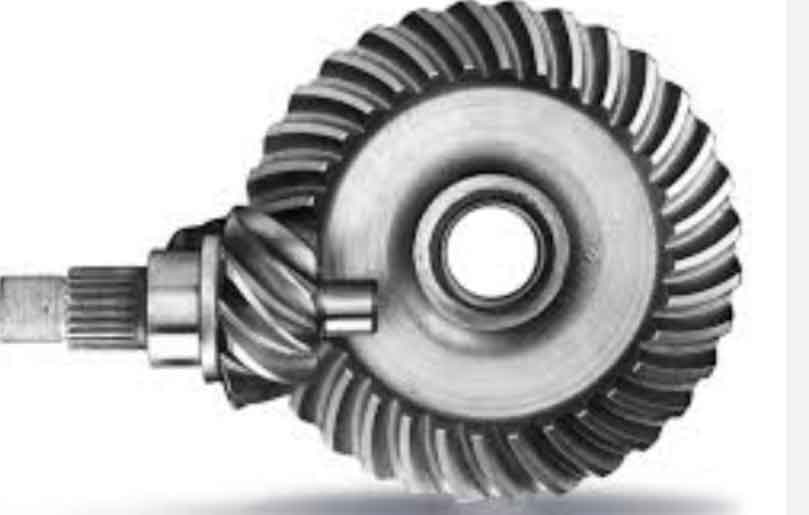Hypoid gears offer several advantages when used in gearboxes, making them an excellent choice for certain applications that require quiet and efficient power transmission. Here are some key advantages of hypoid gears in gearboxes:

- Reduced Noise and Vibration: One of the primary advantages of hypoid gears in gearboxes is their ability to significantly reduce noise and vibration compared to other types of gears, such as straight bevel gears. The spiral tooth design allows for smoother and more gradual meshing, which minimizes the impact forces during operation and leads to quieter gearboxes. This feature is particularly important in applications where noise reduction is crucial, such as automotive differentials, where driver comfort is a priority.
- Higher Torque Capacity: Hypoid gears have a higher torque capacity than straight bevel gears of the same size. The offset axes and larger gear diameter in hypoid gears result in increased surface contact area between the teeth, allowing them to handle higher torque loads. This makes hypoid gears well-suited for applications that require high power transmission capabilities, such as heavy machinery and industrial gearboxes.
- Compact Design: The offset axes of hypoid gears enable a more compact gearbox design compared to other bevel gear types. This is beneficial when space constraints are a concern, such as in automotive and aerospace applications, where gearboxes need to fit into limited spaces.
- Efficient Power Transmission: Hypoid gears exhibit high efficiency in power transmission due to their spiral tooth geometry and optimized tooth contact patterns. This leads to less energy loss during gear meshing, resulting in higher overall gearbox efficiency. In applications where energy efficiency is critical, such as in electric vehicles and wind turbines, hypoid gears can contribute to improved performance and reduced energy consumption.
- Versatility: Hypoid gears can be designed for a wide range of gear ratios and configurations, making them versatile for various gearbox applications. Whether it’s for speed reduction, torque amplification, or directional changes, hypoid gears can be engineered to meet specific gearbox requirements.
- Durability and Longevity: The smooth meshing and reduced impact forces in hypoid gears contribute to less wear and tear over time, leading to increased durability and longer service life of the gearbox. This is especially advantageous in applications where gearboxes are subject to heavy loads and frequent use.
The advantages of hypoid gears in gearboxes, including reduced noise, high torque capacity, compact design, and efficiency, make them an attractive choice for many industrial and automotive applications. However, it’s essential to consider the specific requirements of each application to determine whether hypoid gears are the best fit for the gearbox design.
